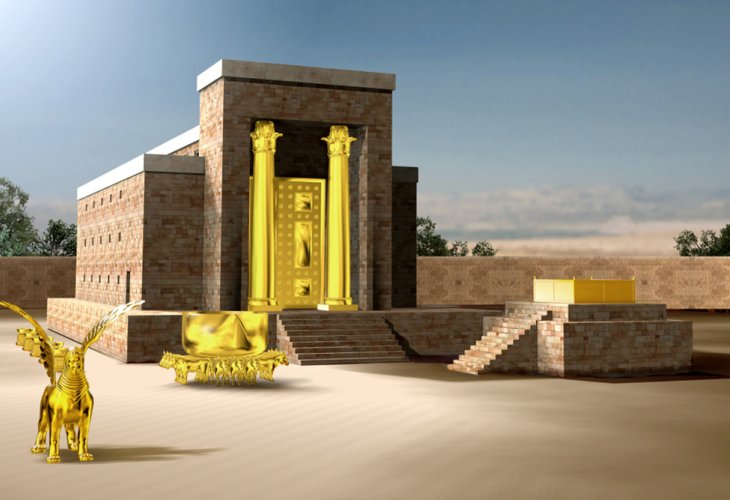Issues in the Bible
Why the Torah Disqualifies a Priest with a Blemish: The Hidden Meaning Behind Physical Perfection in the Temple
How the Torah’s laws about physical blemishes in priests reveal a profound lesson about human perception, divine representation, and the balance between inner and outer holiness
 (photo: shutterstock)
(photo: shutterstock)Imagine Jerusalem three thousand years ago. Two boys are playing on a hill outside the city — climbing trees, throwing stones, laughing as children do. Suddenly one of them slips, falls, and injures himself. Terrified, he runs straight to the synagogue, looking for his father to ask a desperate question. What’s so urgent?
That child was a kohen — a priest, and he knew that if his injury left even a small blemish, he could be disqualified from serving in the Temple. His father would continue offering sacrifices on the altar, his brothers would sprinkle the blood upon the foundation — but he would no longer be allowed to serve.
A “blemish” (mum) didn’t have to mean a missing limb. The Talmud in Bechorot lists dozens of minor physical irregularities that could disqualify a priest from performing sacred service.
Why Does the Torah Disqualify a Priest with a Physical Blemish?
At first glance, this law might sound discriminatory — an outdated rejection of the “imperfect” or the “different.” After all, in our modern world, tremendous effort is made to ensure accessibility and equality for people with disabilities. Public spaces, workplaces, and technologies are designed for inclusion. Why does the Torah seem to set a different standard?
The answer lies in understanding the purpose of Temple service — not in exclusion or prejudice, but in representation and reverence.
A Symbol of Divine Perfection
According to Maimonides (Rambam) in The Guide for the Perplexed, the priest in the Temple represents the presence and honor of God before the people. Human nature being what it is, people sometimes judge by appearances. If the priest bore a visible deformity, some might unjustly view the service as diminished or less dignified. To prevent even the slightest disrespect toward the sacred, the Torah required that those performing the Temple rituals embody flawless outward representation, even while knowing that inner worth is far deeper.
The Sefer HaChinuch adds another layer: the presence of an unusual or striking feature could distract the worshippers. Just as a priest with colored or deformed hands is not permitted to bless the congregation (because people would stare), so too a blemished priest’s service could divert focus from the divine act itself.
The Role Is Symbolic — Not a Measure of Worth
This rule, therefore, was not about moral or spiritual superiority.
Throughout Jewish history, some of the greatest leaders had physical impairments.
Moshe was “slow of speech and tongue,” perhaps due to a childhood burn, according to the Sages.
Yitzchak became blind in his old age.
Achiya HaShiloni, a prophet, was also described as having dimmed eyesight.
These figures were not only accepted, but they were chosen by God Himself. Their physical state did not hinder their spiritual greatness.
The Temple, however, required a representative role, a public-facing symbol of divine order and perfection — much like a spokesperson or diplomat representing the dignity of a nation.
A Modern Analogy: Representation and Function
Even in today’s egalitarian world, some positions remain representational by nature. A person who stutters may be brilliant and articulate in writing, but would not be chosen as a television news anchor. A visually impaired person may be deeply qualified, but would not serve as a flight attendant.
The Temple priesthood functioned the same way. The role was not about personal merit, but public sanctity. The kohen stood before the nation as the visible channel between humanity and holiness. His perfection symbolized the ideal harmony between body and soul, not human hierarchy.
The Torah’s exclusion of a blemished priest was not an act of rejection but of reverence. It reminded Israel that when standing before the Divine, every gesture and symbol matters — not because God judges appearances, but because humans do. The Temple was not a place for human perfection, but for divine presence — and every detail, even the appearance of the priest, was meant to reflect that sacred truth.

